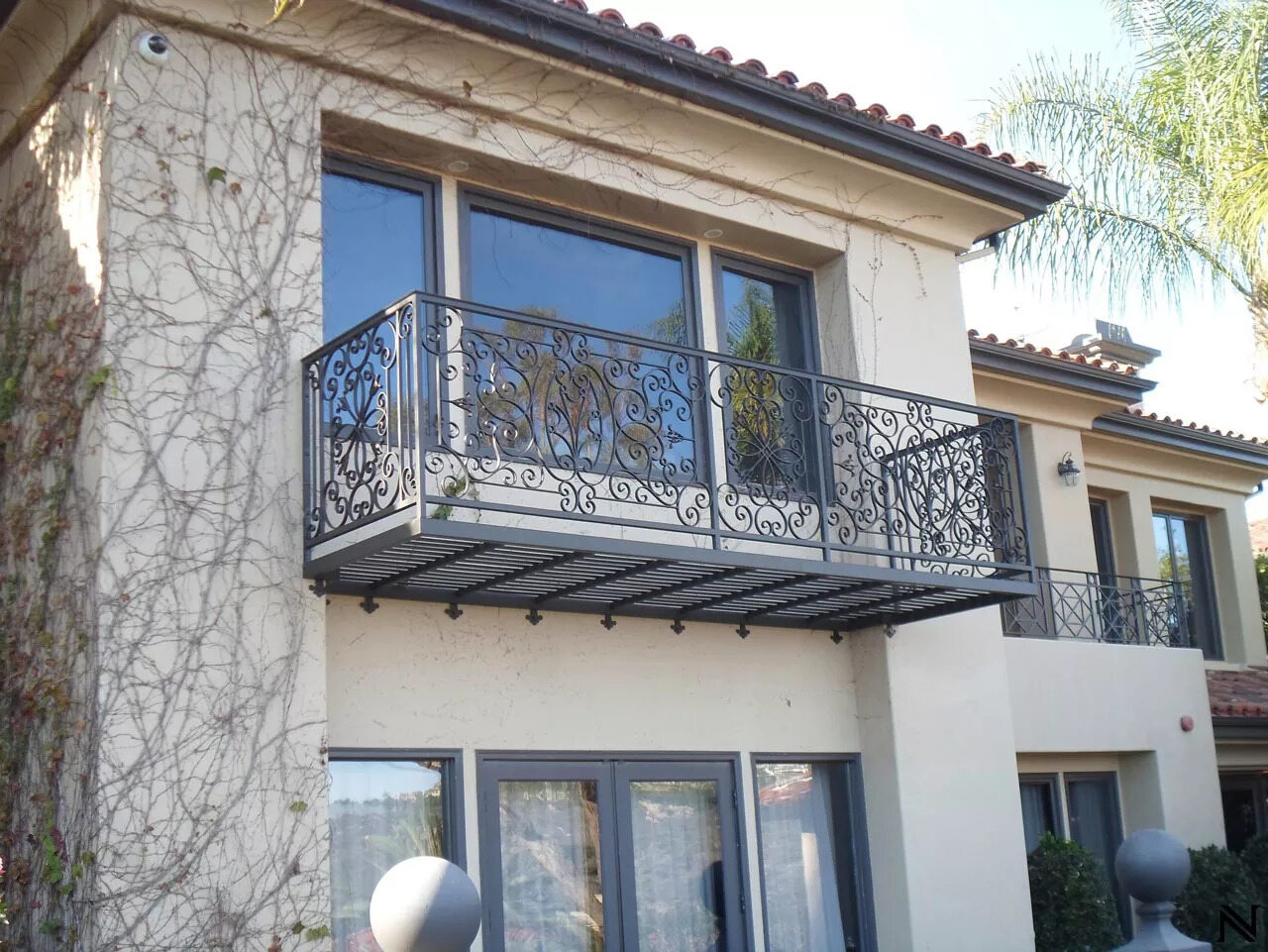

Articles
How High Should A Balcony Railing Be
Modified: February 24, 2024
Learn about the regulations and standards for balcony railing height in this informative article. Discover the recommended height and ensure safety for your balcony.
(Many of the links in this article redirect to a specific reviewed product. Your purchase of these products through affiliate links helps to generate commission for Storables.com, at no extra cost. Learn more)
Introduction
Welcome to our article on balcony railing heights! If you’re in the process of building or renovating a balcony, one crucial element to consider is the height of the railing. Balcony railings serve both practical and aesthetic purposes, providing safety while also enhancing the overall design of the space.
Building codes and regulations play a significant role in determining the required height of a balcony railing. These regulations aim to ensure the safety of individuals using balconies, preventing accidents and falls. However, it’s essential to note that railing height requirements may vary depending on the location and the specific building codes in place.
In this article, we’ll discuss the various factors to consider when determining the height of a balcony railing, as well as the recommended height range in most jurisdictions. Additionally, we’ll explore variations and exceptions, material and design considerations, and the importance of regular maintenance and inspection.
While we provide valuable insights and general guidelines, it’s essential to consult local building codes and regulations specific to your area before constructing or modifying a balcony railing. Let’s dive in and explore the ins and outs of balcony railing heights!
Key Takeaways:
- Ensure your balcony railing complies with local building codes, with a recommended height range of 36 to 42 inches for residential balconies. Consider factors like intended use, occupants’ age, and surrounding environment for optimal safety and aesthetics.
- Balcony railing materials and designs impact both appearance and functionality. Choose durable, code-compliant materials that align with your property’s aesthetic while prioritizing regular maintenance and inspection to ensure long-term safety and appeal.
Read more: How To Install Balcony Railing
Building Codes and Regulations
Building codes and regulations are in place to ensure the safety of buildings and their occupants, and balcony railings are no exception. These codes provide specific guidelines and requirements for the height, spacing, and other characteristics of balcony railings.
The International Building Code (IBC) is a widely adopted set of regulations that provides guidelines for building construction and safety. According to the IBC, the minimum height requirement for balcony railings is 42 inches (1067 mm). This height requirement is based on the average height of an adult, aiming to prevent accidental falls over the railing.
However, it’s important to note that building codes can vary between jurisdictions and may have additional requirements beyond the IBC standards. Local building departments and authorities will have specific regulations that govern the construction and design of balcony railings in your area.
When building or modifying a balcony railing, it’s crucial to consult these local building codes and regulations to ensure compliance. Failure to comply with these requirements can result in fines or delays in project completion. Hiring a professional architect or contractor who is familiar with these regulations can help ensure that your balcony railing meets all necessary requirements.
Additionally, building codes may also have specific guidelines for the spacing between balusters or pickets in the railing. This is to prevent small children or pets from slipping through and falling. It’s common for the maximum spacing between balusters to be 4 inches (101.6 mm).
Remember that building codes and regulations are put in place to protect the safety of everyone in the building. By adhering to these guidelines, you can ensure that your balcony railing is secure and meets the necessary requirements.
Factors to Consider
When determining the height of your balcony railing, there are several factors to consider. These factors will help you strike a balance between safety, functionality, and aesthetic appeal. Let’s explore some key considerations:
- Building codes and regulations: As mentioned earlier, familiarize yourself with the local building codes and regulations in your area. These guidelines will provide a baseline for the minimum height requirement, as well as any additional specifications.
- Intended use of the balcony: Consider how the balcony will be used. If it’s primarily for decorative purposes, a lower railing height may be acceptable. However, if the balcony will be used for activities such as dining or entertaining, a higher railing height may be necessary to ensure safety.
- Age and mobility of occupants: Take into account who will be using the balcony. If there are elderly or mobility-impaired individuals, a higher railing may be beneficial to provide extra support and stability. Similarly, if there are young children, a taller railing can prevent accidental falls.
- Surrounding environment: Evaluate the surroundings of your balcony, including the building’s height, nearby structures, and landscape. Factors such as wind exposure, proximity to neighboring balconies, or scenic views may influence the height of the railing needed for safety and privacy.
- Aesthetic considerations: Balcony railings contribute to the overall design and curb appeal of your property. Consider the architectural style, materials, and finishes that will best complement the aesthetic of your building. Finding a balance between safety and visual appeal is key.
- Budget and maintenance: Different railing styles and materials come with varying costs and maintenance requirements. Consider your budget and the long-term maintenance implications when selecting the height of your balcony railing.
By carefully considering these factors, you can determine the appropriate height for your balcony railing that meets safety requirements and aligns with your specific needs and preferences. It’s always recommended to consult with professionals, such as architects or contractors, to ensure that your decisions comply with local regulations and industry best practices.
Recommended Height of Balcony Railings
While building codes and regulations provide a minimum height requirement for balcony railings, there’s also a recommended height range that ensures optimal safety while offering a pleasant outdoor experience. The following height ranges are commonly recommended:
- For residential balconies: A common recommendation is a railing height of 36 to 42 inches (914 to 1067 mm). This range strikes a balance between safety and visibility, providing a barrier that prevents accidental falls while still allowing for an open and unobstructed view.
- For commercial and public balconies: In high-traffic areas such as hotels, restaurants, or public buildings, a higher railing height may be required to accommodate a larger number of occupants. The recommended height for commercial and public balconies is usually around 42 to 48 inches (1067 to 1219 mm), ensuring additional safety and stability for a broader range of individuals.
It’s important to note that these height recommendations are general guidelines and may vary based on local building codes and regulations. Always check the specific requirements in your area before finalizing the height of your balcony railing.
In addition to the height, it’s essential to consider other aspects of the railing design that contribute to its safety. The gap between balusters, often referred to as “guard spacing,” should be no more than 4 inches (101.6 mm) to prevent children from squeezing through or getting stuck. Horizontal railings, such as cable or glass panels, should have a minimum height of 42 inches (1067 mm) to discourage climbing.
Ultimately, the goal is to achieve a balcony railing height that ensures the safety of occupants without obstructing the view or detracting from the overall design. Balancing these factors is crucial to create an enjoyable and secure outdoor space.
Keep in mind that while the recommended height range provides a good starting point, it’s essential to reach out to professionals, such as architects or structural engineers, to ensure compliance with local regulations and to tailor the height to the specific needs of your project.
The height of a balcony railing should be at least 42 inches to meet building codes and ensure safety. However, for homes with small children, a higher railing of 48 inches may be more appropriate to prevent accidents.
Variations and Exceptions
While there are general guidelines and recommendations for balcony railing heights, it’s important to note that there may be variations and exceptions based on specific circumstances or local regulations. Here are a few common scenarios where variations in balcony railing heights may arise:
- Historic buildings: In some cases, historic buildings may have unique architectural features or design elements that restrict the installation of standard railing heights. In such instances, building codes often allow for exceptions, provided that alternative safety measures are implemented.
- Perimeter conditions: The height of the balcony railings may vary depending on the location within the building. For balconies located on higher floors or near hazardous conditions, such as busy streets or bodies of water, higher railing heights may be required to ensure the safety of occupants.
- Private residences: Building codes for private residences may have more flexibility compared to commercial or public buildings. Homeowners may have the option to design their balcony railings based on personal preferences, as long as they adhere to basic safety guidelines and regulations.
- Patio or deck railings: Balcony railings are not limited to upper floors or apartment buildings. For patios or decks on ground level, railing heights may have different requirements or may not be required at all, depending on local regulations and the specific characteristics of the outdoor space.
- Relaxed regulations for scenic views: In areas with breathtaking views or scenic landscapes, building codes may allow for slightly lower balcony railing heights to minimize obstruction and maximize the enjoyment of the surroundings. However, safety considerations must still be taken into account, and specific regulations will dictate the acceptable height range.
These variations and exceptions highlight the importance of consulting local building authorities and professionals when determining the height of your balcony railing. Their expertise and knowledge of specific regulations and exceptions will ensure that your project meets the necessary safety standards while accommodating unique circumstances or design requirements.
Remember, safety should always be the primary concern when designing and installing balcony railings. Even in scenarios with variations or exceptions, it’s crucial to prioritize the well-being of those who will be using the space.
Read more: How To Clean Balcony Railing
Material and Design Considerations
When it comes to balcony railings, the choice of materials and design can significantly impact both the appearance and functionality of the railing. Here are some key material and design considerations to keep in mind:
- Material durability: Selecting a durable material is crucial for the longevity and structural integrity of the balcony railing. Common materials for balcony railings include wrought iron, steel, aluminum, wood, and glass. Each material has its own unique characteristics, maintenance requirements, and lifespan. Consider factors such as weather resistance, susceptibility to corrosion or rot, and overall durability when choosing the material for your railing.
- Aesthetic appeal: The balcony railing should seamlessly blend with the overall design aesthetic of your property. Consider the architectural style, color palette, and materials used in the building façade. Aim for a cohesive look that enhances the visual appeal of your balcony while complementing the surrounding environment.
- Privacy and visibility: Balcony railings can provide varying levels of privacy and visibility. Solid materials like wood or opaque glass panels offer more privacy, while materials like glass or cable railings provide unobstructed views. Evaluate the desired balance between privacy and visibility based on your specific needs and preferences.
- Ease of maintenance: Consider the maintenance requirements of different materials. Some materials, such as aluminum or steel, are relatively low-maintenance and resistant to corrosion. Wood railings require periodic sealing or staining to protect against weathering. Understanding the maintenance needs of each material can help you make an informed decision that aligns with your maintenance capabilities and preferences.
- Customization options: Some materials, like wrought iron or steel, offer more flexibility for custom designs and decorative elements. If you’re looking to add intricate details or personalized features to your balcony railing, consider materials that allow for customization.
- Code compliance: Ensure that your chosen material and design meet local building code requirements. Different materials may have specific regulations regarding strength, spacing, and other factors. Consult with professionals to ensure that your material and design choices comply with the necessary codes and regulations.
By carefully considering these material and design factors, you can select a balcony railing that not only meets safety requirements but also enhances the overall aesthetics of your property. Balcony railings can be both functional and visually appealing, contributing to the overall charm and value of your outdoor space.
Maintenance and Inspection
Maintaining and regularly inspecting your balcony railing is crucial to ensure its long-term functionality and safety. By implementing a proactive maintenance routine, you can identify and address any issues before they become more significant problems. Here are some key maintenance and inspection practices to consider:
- Cleaning: Regularly clean your balcony railing to remove dirt, dust, and any other debris that may accumulate over time. Use mild soap and water or a gentle cleaning solution recommended for the specific material to avoid damaging the railing’s surface.
- Visual inspection: Conduct regular visual inspections of the entire balcony railing system. Look for any signs of damage, such as rust, corrosion, loose or damaged balusters, or degraded structural components. Ensure that the railing is securely attached to the building and that there are no visible signs of wear or deterioration.
- Tighten loose fasteners: Over time, the fasteners securing the railing to the building may become loose. Regularly check and tighten any loose screws, bolts, or other fasteners to maintain the stability and structural integrity of the railing.
- Repair or replace damaged components: If you notice any damaged or compromised components during your inspection, take immediate action to repair or replace them. This may involve replacing rusted or corroded metal parts, resealing wood components, or addressing any other defects that could compromise the safety of the balcony railing.
- Sealing and painting: If your railing is made of wood or other materials that require sealing or painting, follow the recommended maintenance schedule. Regularly inspect the finish for signs of wear and reapply the sealant or paint as necessary to protect the railing from the elements.
- Professional maintenance: Consider hiring a professional for regular maintenance and inspection of your balcony railing. They have the expertise to identify potential issues that may not be visible to the untrained eye and can provide reliable solutions to ensure the safety and longevity of the railing.
Remember, maintenance and inspection should be conducted periodically throughout the year, especially after severe weather events or exposure to harsh elements. By keeping your balcony railing in good condition, you can enjoy its benefits for years to come and ensure the safety of everyone who uses the space.
Regular maintenance and inspection not only help identify and address potential safety hazards but also extend the lifespan of your balcony railing. By incorporating these practices into your routine, you can ensure the durability, functionality, and attractiveness of your balcony railing for the long term.
Conclusion
Designing and constructing a balcony railing involves various considerations to ensure the safety and aesthetic appeal of the space. Understanding the building codes and regulations specific to your area is crucial to comply with minimum height requirements and other specifications. However, it’s important to note that recommended height ranges may exist, providing a balance between safety and visibility.
Factors such as the intended use of the balcony, the age and mobility of occupants, the surrounding environment, and budgetary constraints all play a role in determining the appropriate height for your balcony railing. Additionally, variations and exceptions may exist based on unique circumstances and local regulations.
When choosing materials and design elements for your balcony railing, consider factors such as durability, aesthetic appeal, privacy, ease of maintenance, and customization options. Different materials offer varying levels of longevity and require different maintenance practices.
Maintaining and inspecting your balcony railing on a regular basis is crucial to identify any signs of damage or wear. Cleaning the railing, tightening loose fasteners, and addressing any repairs or replacements promptly will help ensure its long-term functionality and safety.
In conclusion, by considering building codes, regulations, and the various factors discussed in this article, you can make informed decisions regarding the height, materials, and design of your balcony railing. Prioritizing safety while maintaining an attractive and functional outdoor space will provide you with years of enjoyment and peace of mind.
Remember to consult professionals such as architects, contractors, or structural engineers to ensure compliance with local regulations and industry best practices. With their expertise, you can create a balcony railing that not only meets safety requirements but also adds value and beauty to your property.
Frequently Asked Questions about How High Should A Balcony Railing Be
Was this page helpful?
At Storables.com, we guarantee accurate and reliable information. Our content, validated by Expert Board Contributors, is crafted following stringent Editorial Policies. We're committed to providing you with well-researched, expert-backed insights for all your informational needs.

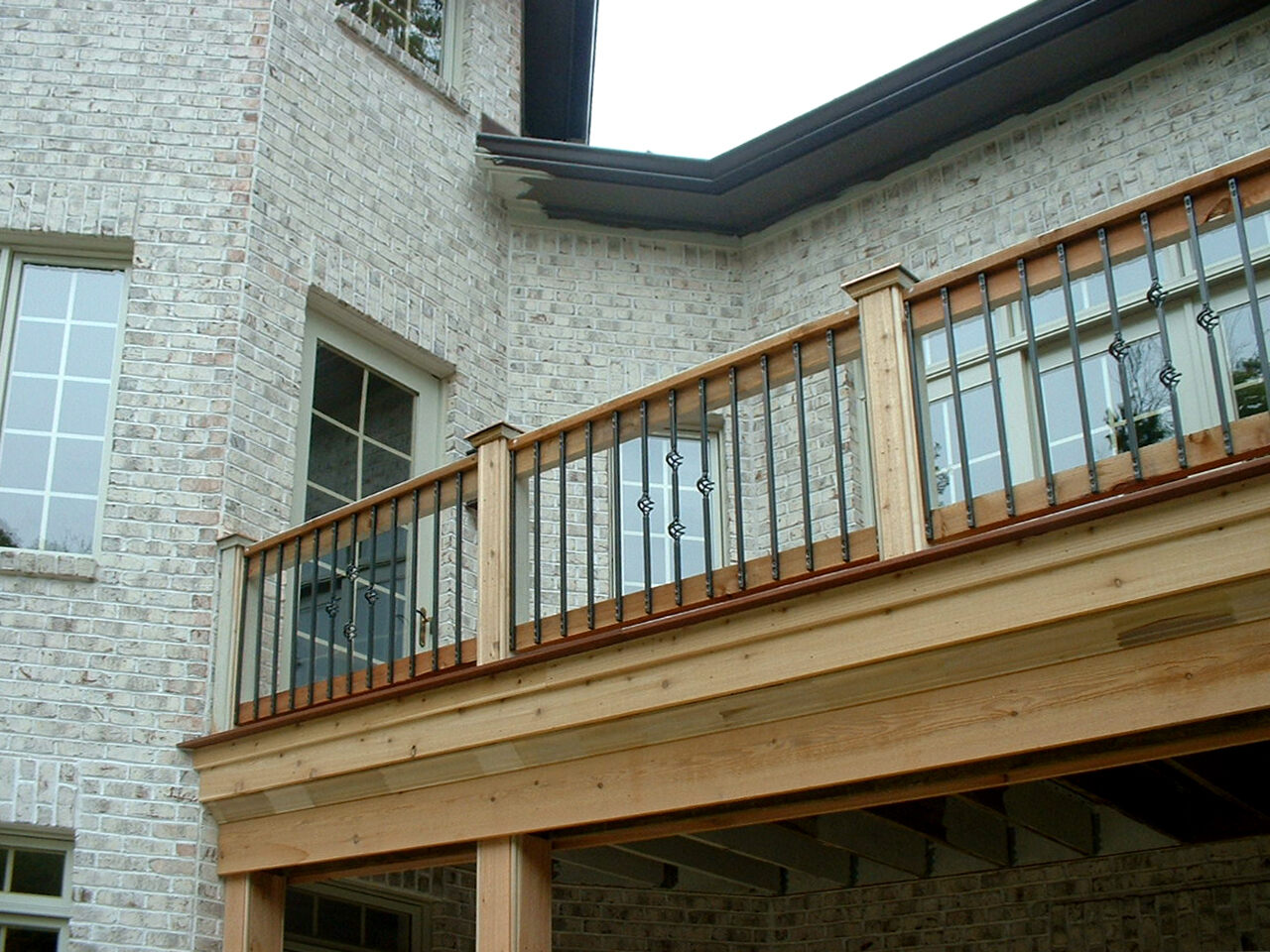
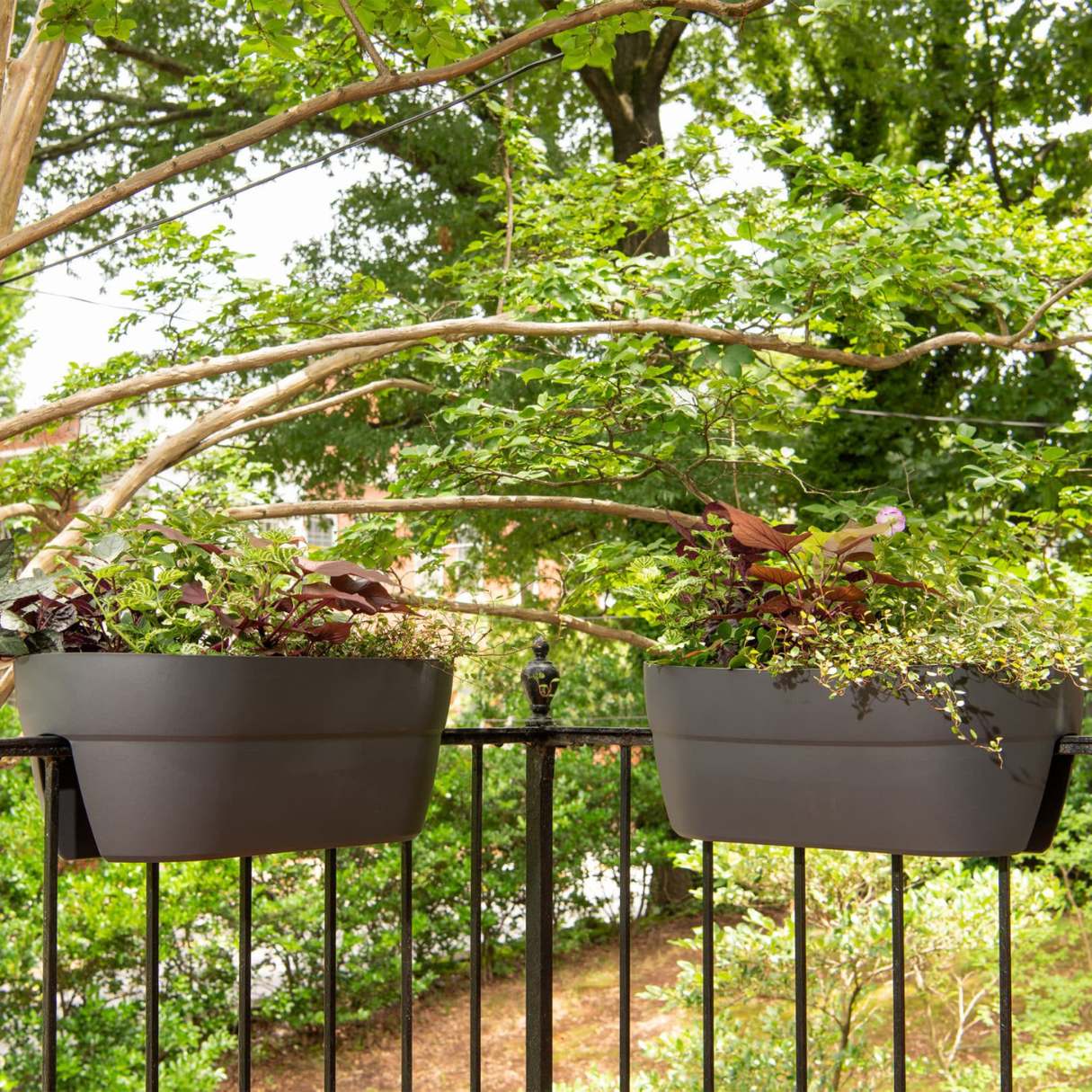
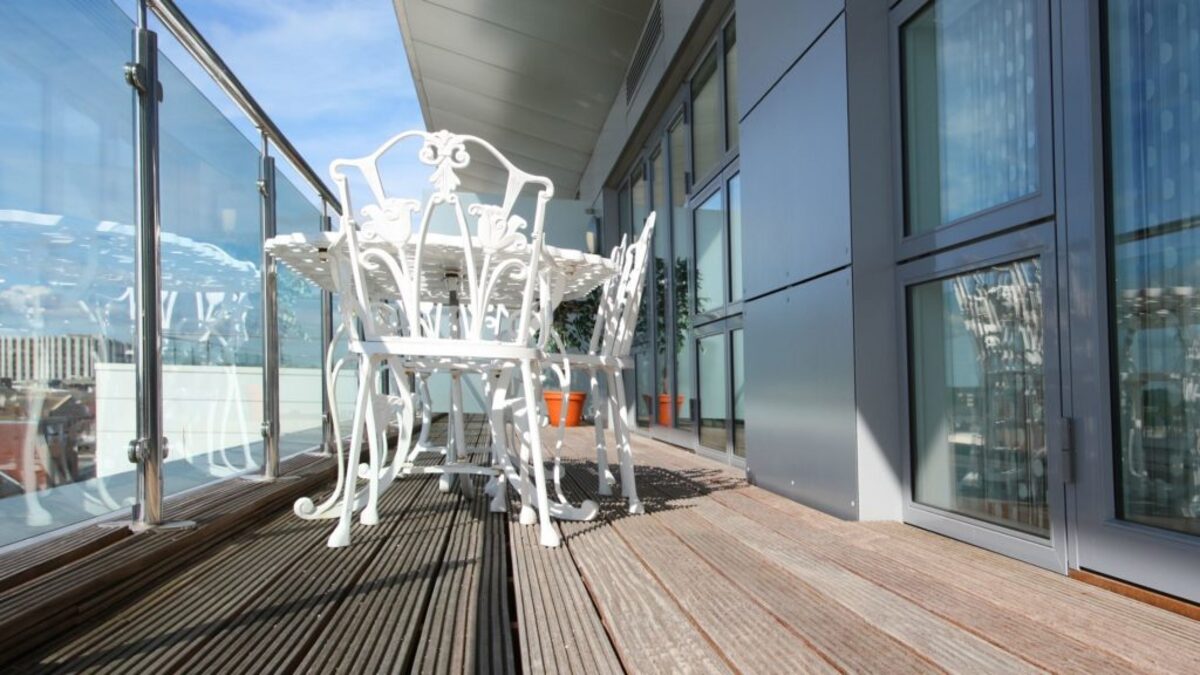

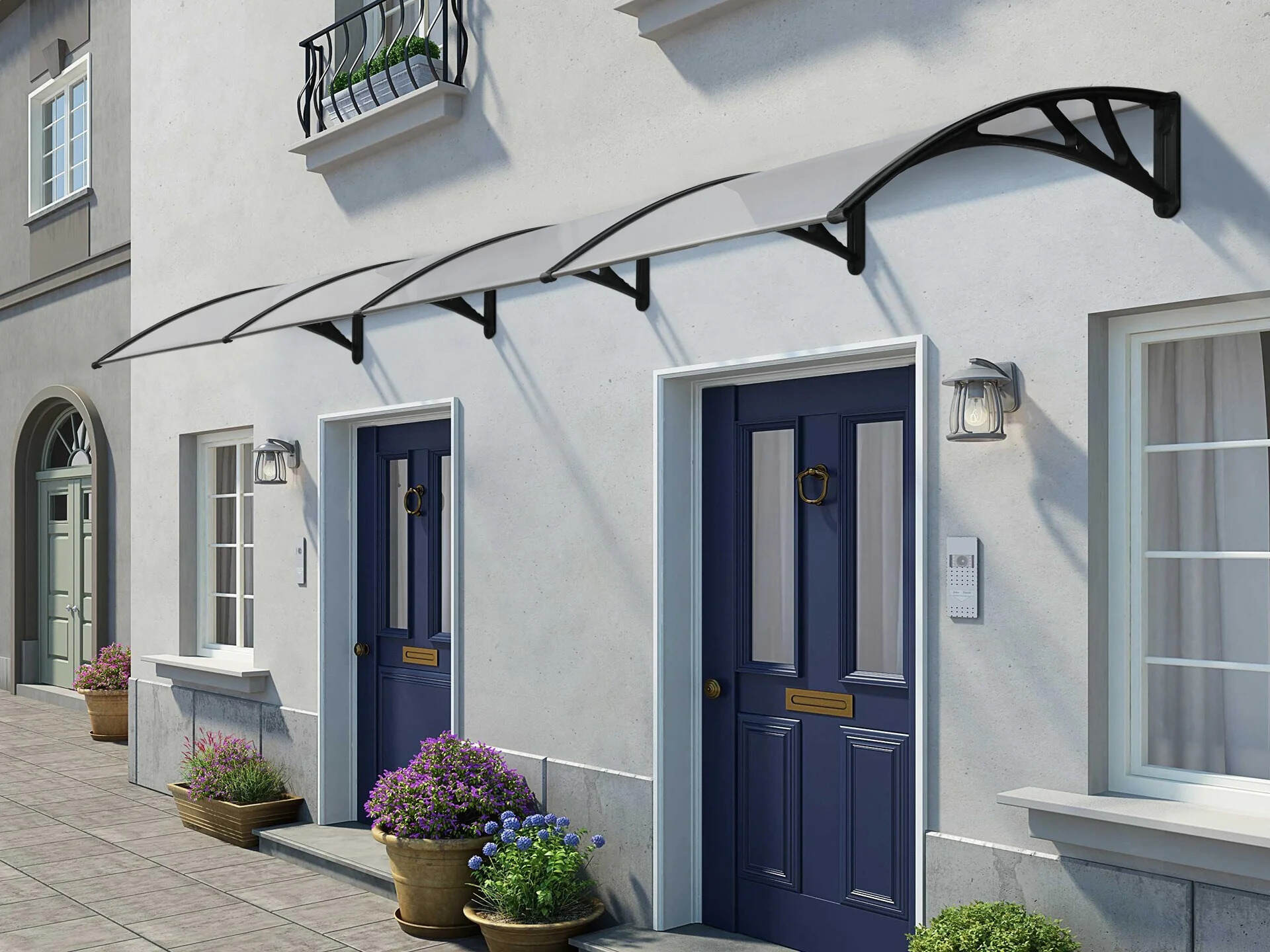

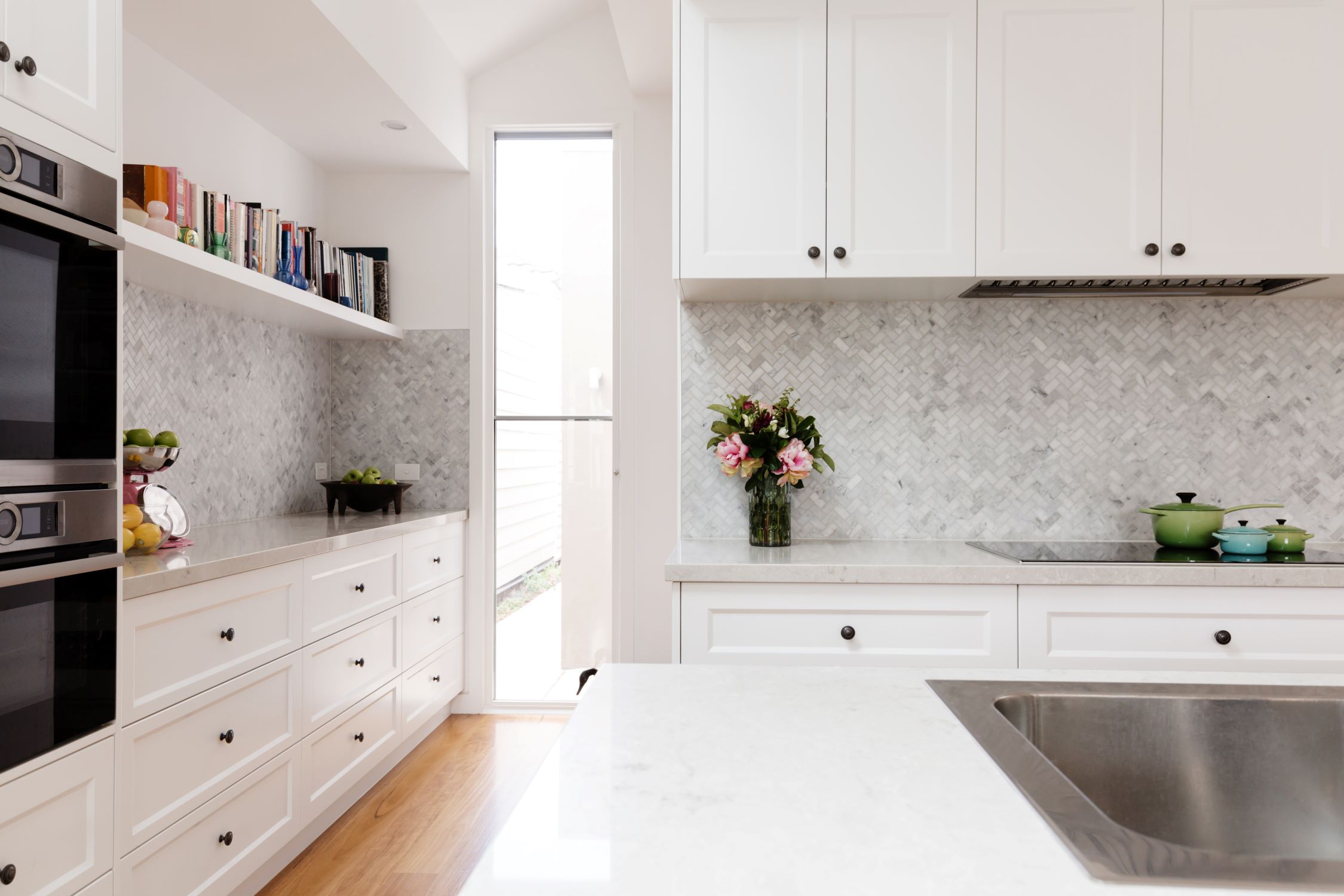
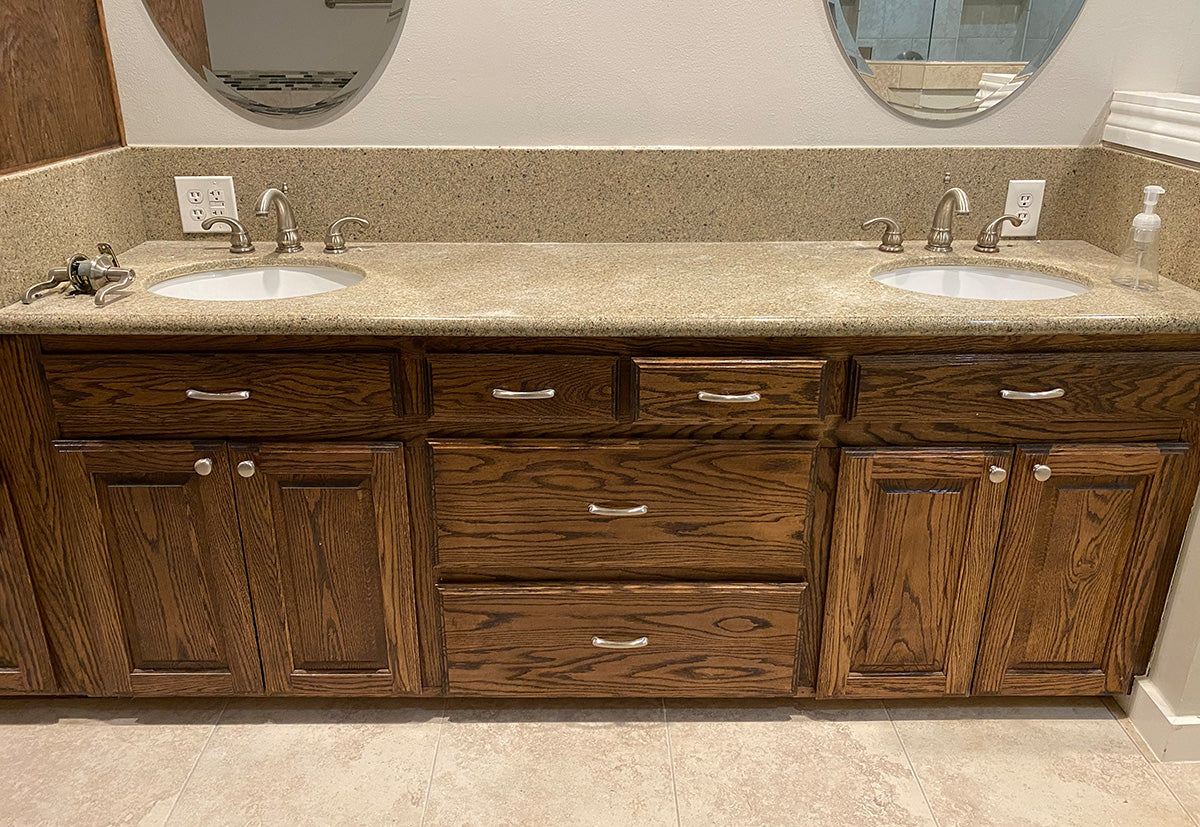


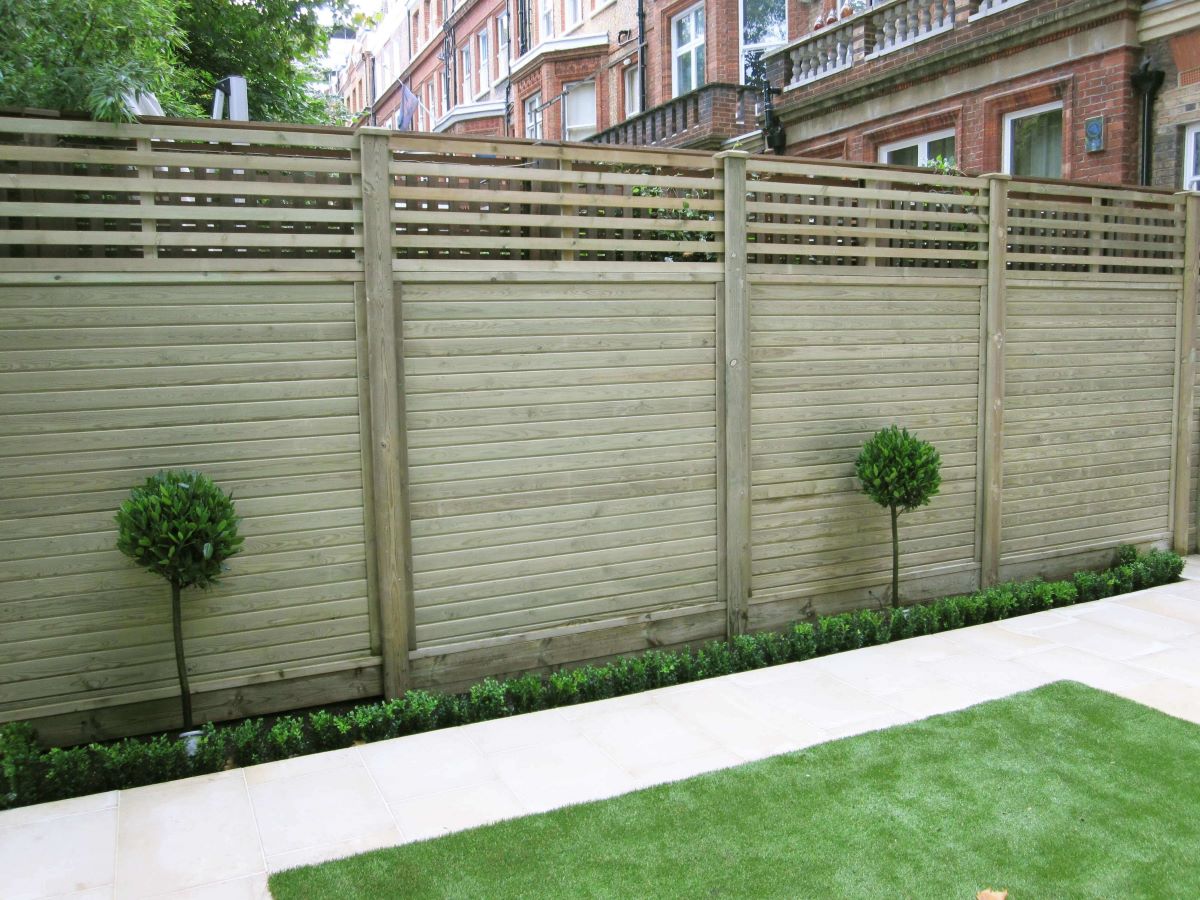



0 thoughts on “How High Should A Balcony Railing Be”